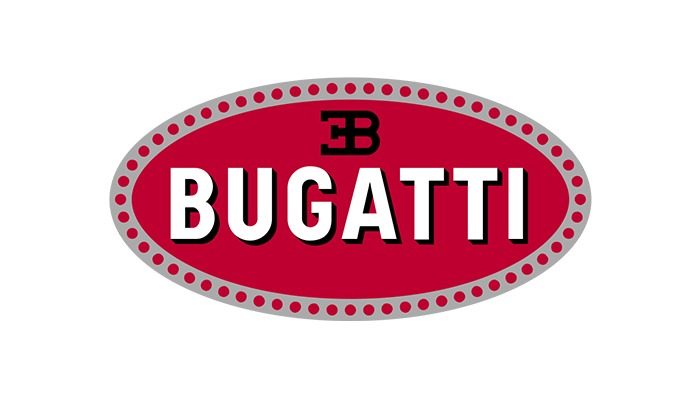Bugatti is one of the car manufacturers that produce the world’s best high-performance luxury cars. All of the vehicles they produced are famous for their style, class, comfort, luxury, and of course, performance. Since the company was established, they have earned a reputation for manufacturing the world’s most luxurious and expensive sports cars. That’s why in this article, we are going to talk about the most critical events in Bugatti history and how it helped them achieved their status today.
Important Events in Bugatti History
Bugatti was founded in 1900 by Ettore Bugatti, who became inspired by new petrol-engines and decided to build his own car. After a year, he managed to develop his own “Bugatti” car together with the help of the Gulinelli brothers. The said car was introduced at the International Exhibition, and it won Ettore Bugatti, the T2 prize for his car’s construction and design.
After his vehicle attained success and reputation, Ettore Bugatti approached the De Dietrich Company to ask them if they can produce his car. After going through some minor challenges, Ettore Bugatti was finally granted a license. But since he was just 21 years old back then, his father had to sign the contract on his behalf. However, after a few years, the deal was terminated.
It was during this time when Ettore decided to team up with Emi Mathias, but their contract did not last long either. Nevertheless, Ettore Bugatti was not put off by the contract termination, and he still pursued his dream of opening his own plant. That’s why in 1909, he decided to get the financial help from de Vizcaya and established the Automobiles Ettore Bugatti in Molsheim, Alsace, France.
1910-1940
In 1910, the company started its production of cars. They managed to build about five cars that year and sold them all. That same year, Ernest Fredrich, Ettore Bugatti’s assistant, decided to participate in several races using Bugatti cars. And that marked the beginning of the company is a successful name in the racing circuit.
In 1911, Bugatti was able to win several races, such as the French Grand Prix. During that same year, Peugeot and Bugatti signed a contract and produced the Bebe Peugeot, which had a Model 19 engine. After two years, Bugatti started producing airplane engines for the war effort, and it helped the company to raise capital to increase their production speed and hire more employees.
By the end of the war, Bugatti was able to hire almost a thousand employees at their Molsheim Plant. When the 1920s came, Bugatti was able to win the Voiturettes Grand Prix, where they also introduced the 29/30 racecar. This was also the time where they manufactured the Model 35, which was their first car to use aluminum spoke wheels. But when the ‘30s came, the company seemed to encounter some financial problems.
To be able to get back on the solid financial ground, Bugatti started producing trains and railcars until their workers went on a strike. In 1936, almost all of Bugatti’s employees refused to work, and they demanded an increase in pay along with better working conditions. Ettore Bugatti became furious and took the employee’s strike personally. That’s why he shifted his office to Paris.
Towards the end of the ‘30s, Bugatti once again faced financial difficulties. It was also during this time when Ettore participated in Le Mans and brought home a famous win. But the happiness did not last long because his son, Jean, was killed in a car accident.
1940-1980
Bugatti was already in financial turmoil, and the death of Jean has scarred Ettore Bugatti deeply to the point that he was unable to revive and resolve the problem at the Molsheim plant. Which is why Bugatti cannot produce any new vehicles during that time. In 1947, Ettore Bugatti died due to lung disease, and the company started to decline even further. Bugatti cars made their last appearance at the Paris Motor Show, and after that, Bugatti ceased all of their operations.
In 1955, Roland Bugatti tried to revive the car company by launching the Type 251 racecar. But the car did not meet the expectations of the consumers, which is why its production was halted. In the ‘60s, Bugatti went into a blank period, and the company was sold to Hispano-Suiza, who continued the company’s production of airplane engines and parts.
1980-2000
In 1987, an Italian entrepreneur named Romano Artioli acquired the Bugatti brand and decided to rename it ‘Bugatti AutomobiliSpA. After two years, they laid out the plans for a new Bugatti car, and it was done by designers of the Lamborghini Countach and Lamborghini Miura concepts. In 1992, the new Bugatti company introduced its first production car, which is the Bugatti EB 110 GT.
The said car was advertised as the most advanced sports car that was ever produced. But, because of poor economic conditions, Bugatti was forced to stop its operations in 1995. After three years, Volkswagen AG decided to buy the Bugatti brand and renamed it to Bugatti Automobiles S.A.S. The new Bugatti company under Volkswagen AG introduced several great concepts including the EB 218, EB 118, and the 18/3 Chiron.
In 2005, Bugatti launched the Veyron 16.4 which looked like a mix of all of their concepts since the late 90s and early 2000s. The said car became a success, and Bugatti was able to sell about 420 units by 2013.
Check out all the many different luxury car brands to find your next ride.

